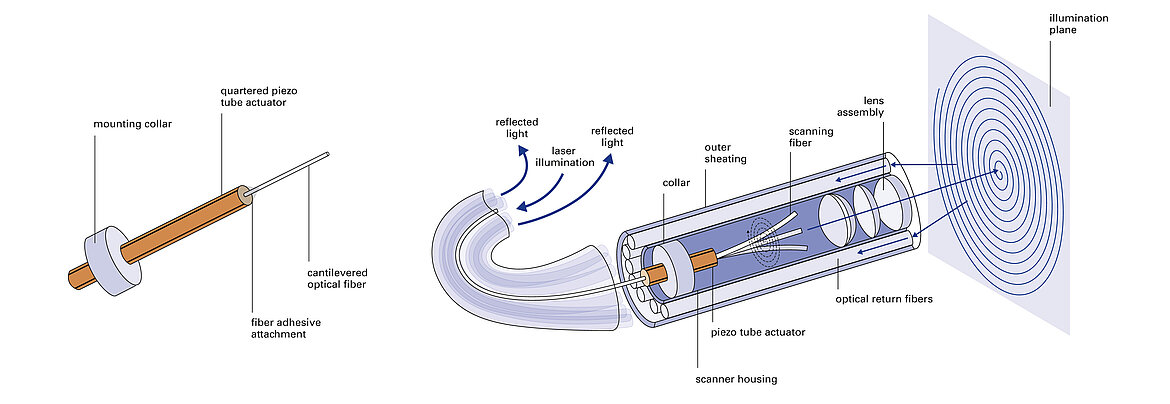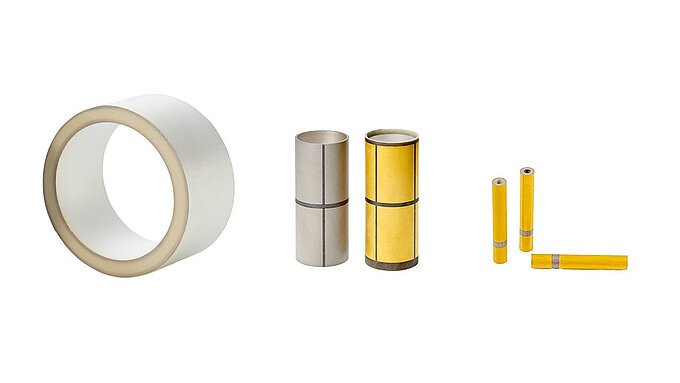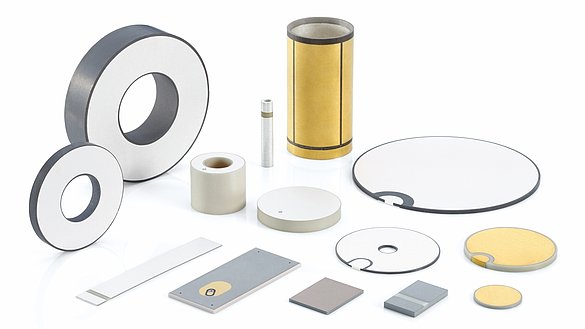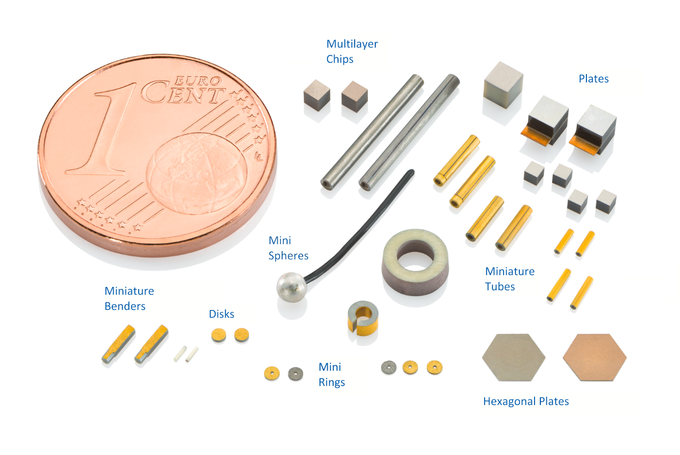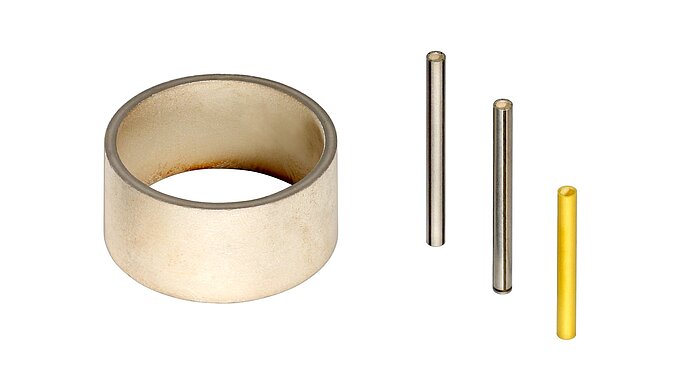
High-definition endoscopes are increasingly being used in medicine not only for diagnosis, but also for the therapy of diseases. Due to their compact and flexible architecture of only a few millimeters in diameter, they allow less invasive procedures. Contrary to previous limitations of image quality in conventional endoscopes, the innovative design of scanning fiber endoscopes (SFE) offers new possibilities: SFE generate laser-based, full-color images with higher resolution and an enlarged field of view, e. g. in optical coherence tomography. With their fast deflection and control, miniaturized piezo tubes generate a scanning movement of the optical fiber in the SFE. SFEs thus provide more image information, new findings in biomedical research and improved minimally invasive procedures in everyday clinical practice.
Ultrafast Fiber Deflection with Miniaturized Piezo Tubes
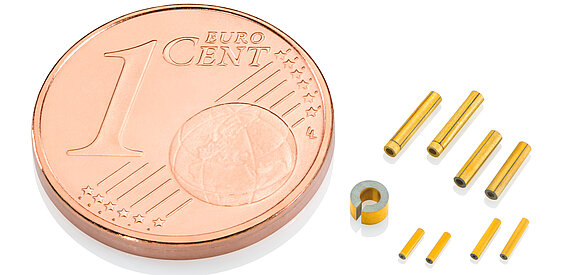
>> Segmented piezo tubes offer not only radial and axial deflection, but also a scan movement in the xy plane when the segments are specifically controlled. PI Ceramic manufactures these piezo tubes in series in a wide variety of designs – with the narrowest tolerances of 0.05 mm and the smallest outside diameters of only 0.45 mm.
Piezo Tubes in Scanning Fiber Endoscopy (SFE)
The central imaging component in the SFE is a single single-mode optical fiber driven by a >> tubular piezoelectric actuator. The application-specific actuator is only 4 mm long at 0.45 mm diameter. >> Miniaturized piezo tubes can realize ultrafast movements using the >> inverse piezo effect, causing the optical fiber in the SFE to oscillate in mechanical resonance between 5 and 12 kHz. This results in the scanning of the illumination plane with RGB laser light. The radial vibration movement can be modelled, causing the optical fiber to move during operation, e. g. in a spiral scan pattern or in Lissajous figures. The electrical voltages applied during operation of the SFE are low, since the tubular piezo actuator electrically corresponds to a small capacitor – in typical operation, the voltage is below 50 V. Similar scanning applications can also be realized with bending actuators, which achieve relatively large deflections even with the smallest surface area.
